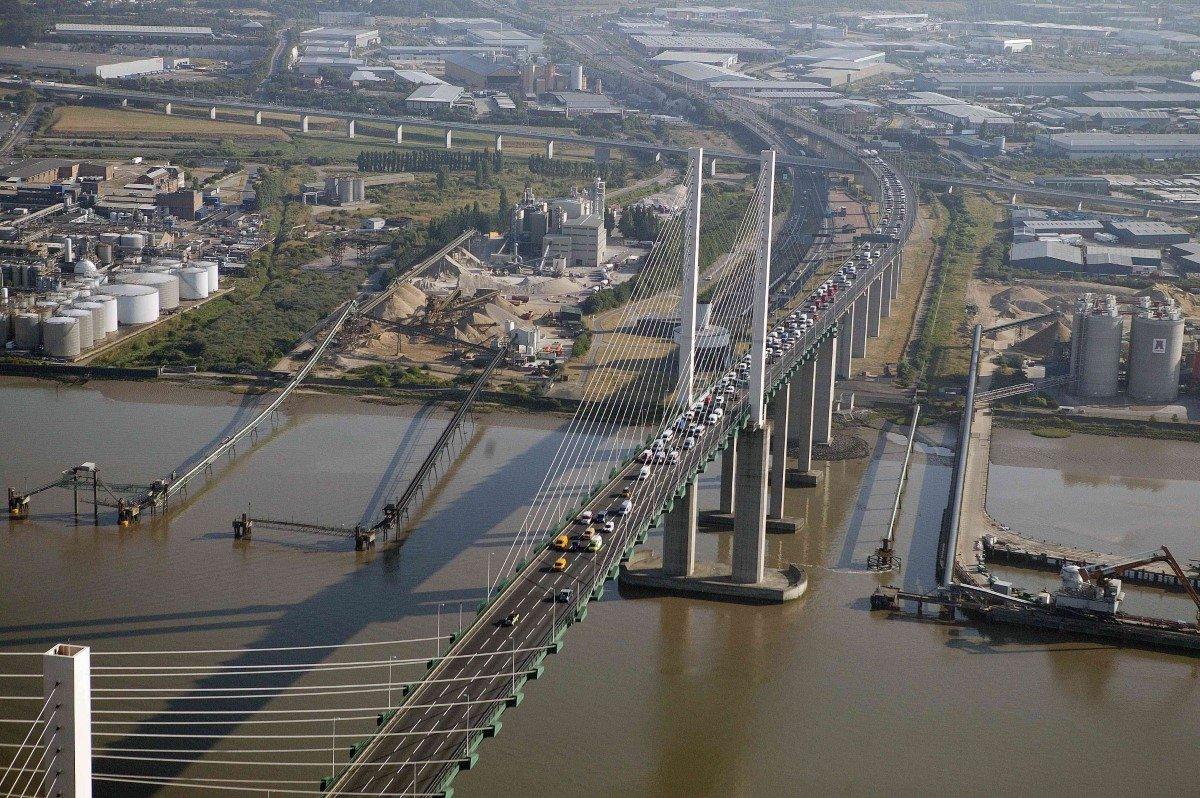The Importance of Dartford Crossing in Modern Transport

Introduction
The Dartford Crossing is a vital transport link that connects Kent and Essex across the River Thames. Opened in 1991, it includes a bridge and a tunnel, facilitating the movement of goods and people. The crossing plays a crucial role in the UK’s transport network, with a daily traffic average of 160,000 vehicles. Given its importance, recent discussions surrounding toll management, traffic congestion, and upgrades have intensified, particularly as the UK continues to recover from the pandemic.
Recent Developments
In 2023, the UK government announced a series of initiatives aimed at improving traffic flow and reducing congestion at the Dartford Crossing. Plans include the expansion of electronic tolling systems designed to cut wait times and enhance revenue collection for maintenance and upgrades. Additionally, the implementation of new traffic management technologies aims to provide real-time information to drivers, minimising disruptions and promoting safer travel.
There have also been discussions about the environmental impact of ongoing traffic. The crossing serves as one of Europe’s busiest routes, leading to increased emissions in surrounding areas. Local authorities are evaluating potential measures to improve air quality through reduced toll fees for electric vehicles and incentivising public transport usage.
Significance for the Future
The ongoing developments surrounding the Dartford Crossing are significant for both local residents and larger transportation networks. Reducing congestion not only benefits drivers but also enhances the flow of goods, supporting businesses reliant on efficient logistics. The UK Government’s investment in infrastructure points towards a long-term strategy focusing on both economic growth and environmental responsibility.
As plans unfold, residents and commuters should remain informed about changes that may affect their daily routines. Forecasts suggest that two-thirds of drivers will switch to alternative routes if significant delays are experienced. Understanding the policies and their implications will undoubtedly shape travel patterns in the region for years to come.
Conclusion
In summary, the Dartford Crossing remains a critical infrastructure component, pivotal to the UK’s transport network. With evolving traffic management policies and a focus on sustainability, it is poised to adapt to the demands of modern society. Its role in economic development and environmental conservation will be essential as the nation transitions towards more sustainable transport solutions.
